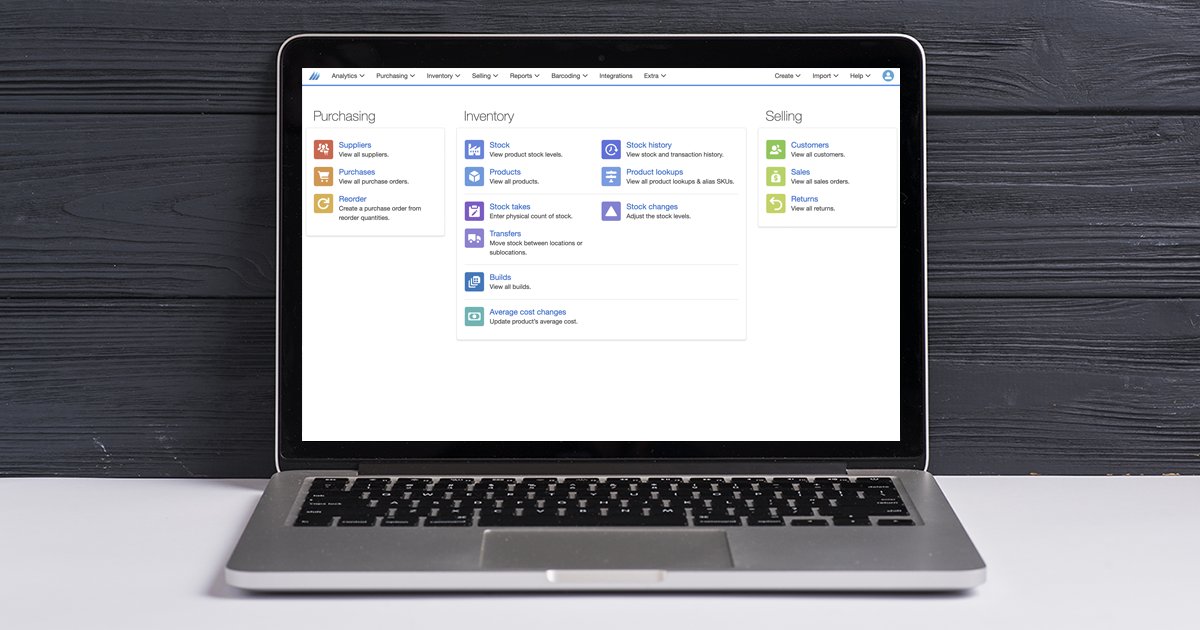

However, the company’s history does not make me confident that it has the vision to pull it off anytime soon. And its structure holds somewhat greater potential for my personal holy grail of a completely touch-typed score, a boon for both the visually-impaired as well as anyone who truly thirsts for speed and efficiency. Its playback algorithms sound a bit more realistic. If you insist on specifics, Sibelius’ strengths include a slightly more authentic and traditional look to its output, but you might have to remind yourself to notice. If it weren’t for Sibelius, Finale wouldn’t have interactive score and part views within one file and, without Finale pointing the way, Sibelius wouldn’t have a scroll view giving more practical access to just the material desired.

On the broadest levels, the struggle ever since has been each one pushing away from its comfortable extreme by incorporating features and approaches from the other in an attempt to grab market share, This has proven to be a net gain for all of us, as competition does wonders for the pace of development. This gave it a reduced and simpler learning environment, making it attractive to newbies.
#Finale software no line between staves code#
When Sibelius made its American debut at a NAMM (National Association of Music Merchants) show some 10 years ago, and despite its unavailability for the Mac, I saw its potential and grilled its “people” for hours, Its approach was to do more of the thinking for the composer/copyist while limiting some of his options, while using a radically different code structure which sped up processing considerably. The bad news was it made me put the symbols, as by hand, wherever I wanted. Plus, as I was a copyist before the first mouse came along, the good news was that Finale let me put symbols, as by hand, wherever I wanted. Beyond its fledgling years, I have never worried about finishing a gig because Finale couldn’t do something. It has always tried to be all things to all people, offering mixed blessings of power and flexibility purchased by a steep learning curve. All that extra verbiage exists to explain something, and is evidence of how Finale has survived on its “jack-of-all-trades-and-master-of-some” depth of features. One clue is that the documentation for Finale dwarfs that of Sibelius.

The latter has the longer history and hence the larger user base, but the former has the position of upstart and the mantle of innovator. While the Aztecs ultimately lost, it wasn’t a blowout. However, the state university which has struggled throughout its history to become a big fish in successively bigger ponds going up against one of the great white sharks of college football history is a perfect allegory for Sibelius’s struggle to encroach on Finale’s turf. This weekend one of my alma maters (San Diego State) played Notre Dame, a contest which, historically, would have seemed such a mismatch as to be impossible to schedule. Space does not remotely permit an in-depth comparison at the moment, so let’s confine ourselves to the big picture. Would that it were as simple a matter to distill it further. So, from these tests alone, it boils down to Finale or Sibelius. Plus, unless one is musical hermit, one must deal with colleagues, and thus it pays to use what others use. The race does not always go to the swift, since few users with careers built on software will want to master more every few years neither do they want to abandon a body of work done in one format because it didn’t go the distance. There are other programs available, of course, but I would be leery of adopting upstarts, no matter how sexy the features, when there are veterans available. I am constantly asked for guidance in choosing which of the two preeminent music prep software packages to adopt.


 0 kommentar(er)
0 kommentar(er)
